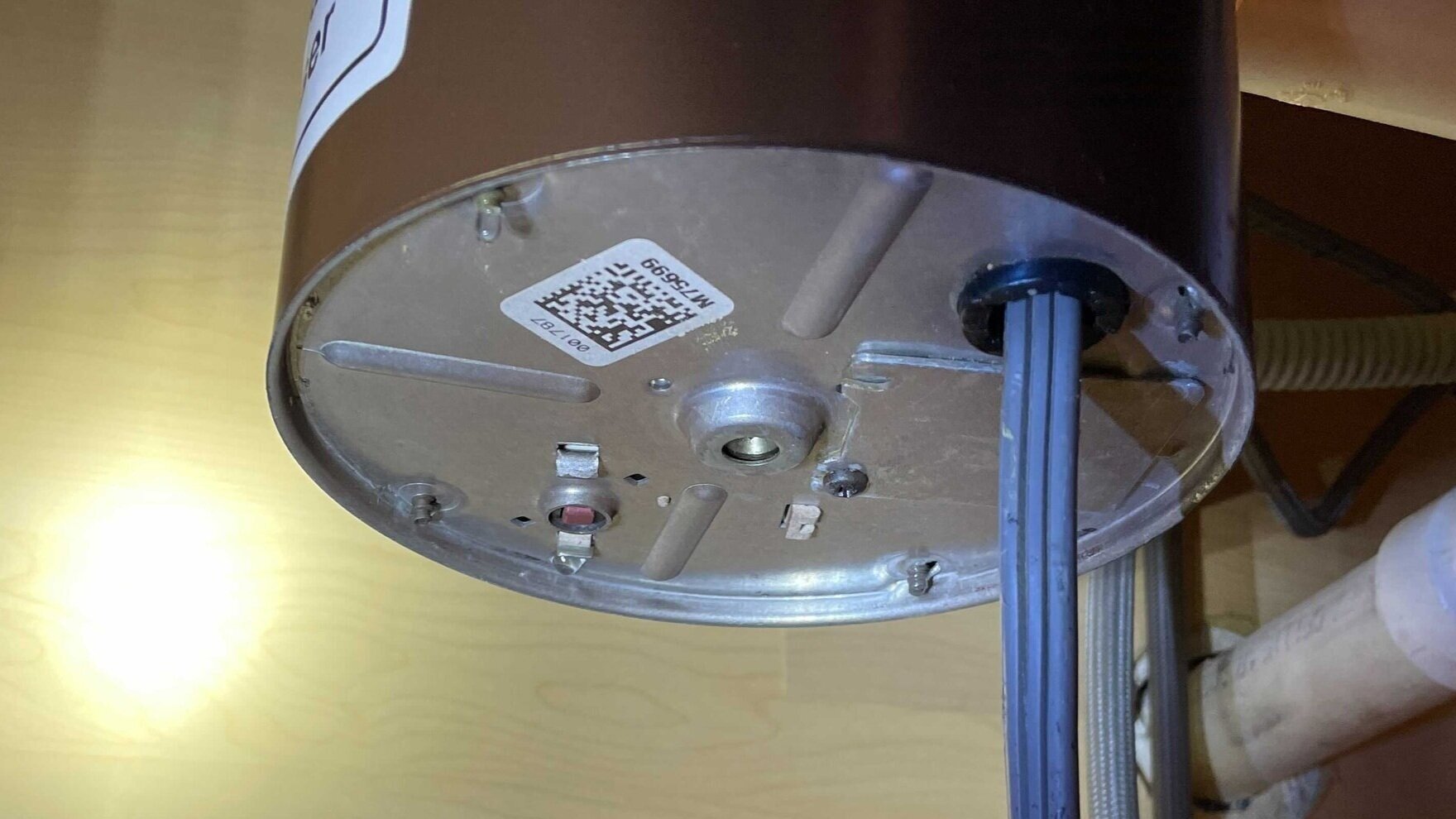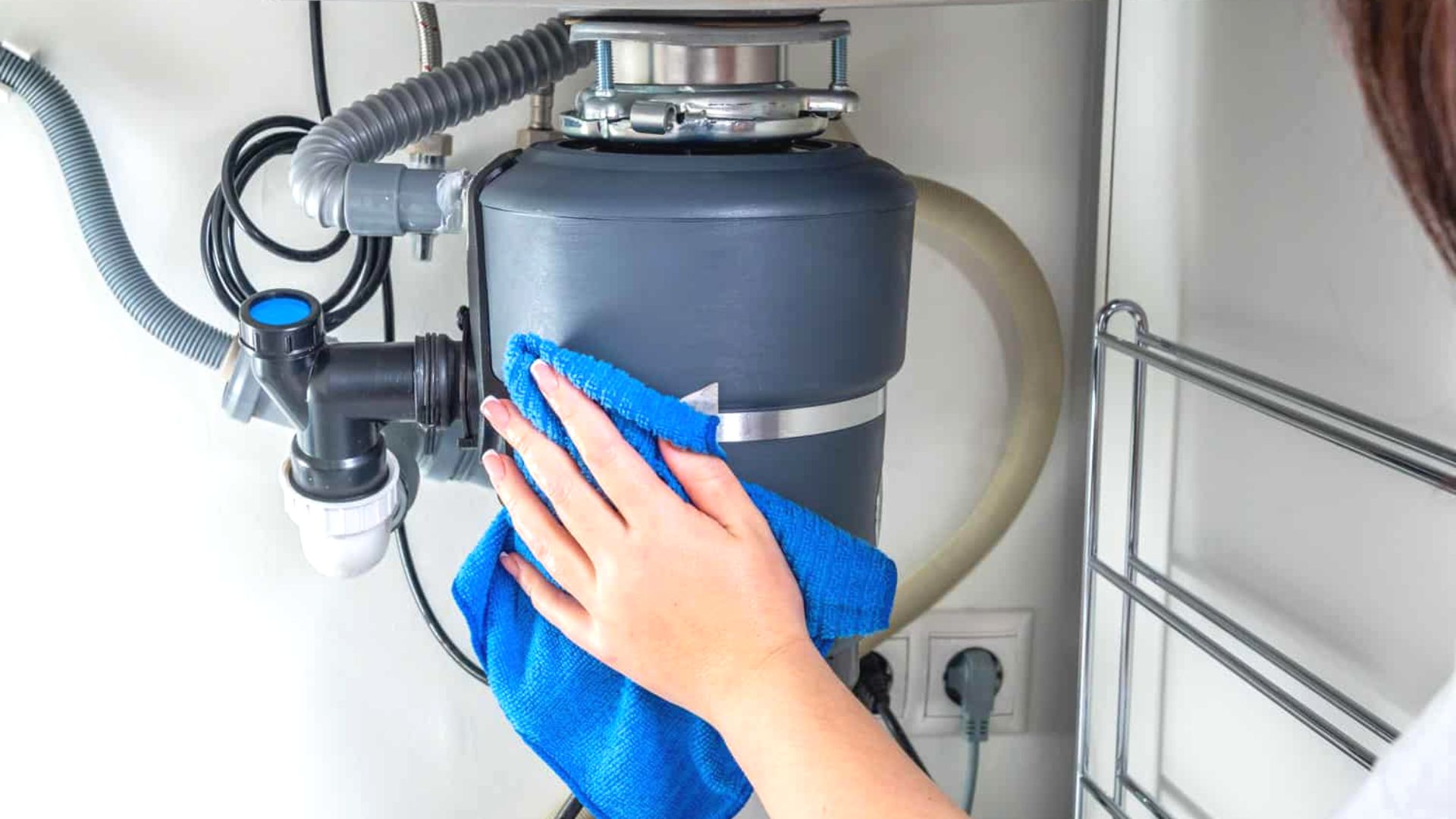Verified Solutions for Fixing a Dripping Garbage Disposal
Verified Solutions for Fixing a Dripping Garbage Disposal
Blog Article
Were you looking for suggestions Why Is ?

Waste disposal unit are vital kitchen area devices that help in disposing of food waste effectively. Nonetheless, a dripping garbage disposal can be a frustrating and messy issue to handle. Luckily, numerous leaks can be repaired quickly with a few simple actions. In this post, we will certainly talk about how to repair a dripping waste disposal unit successfully.
Introduction
Waste disposal unit are set up under kitchen sinks and are made to shred food waste into smaller sized pieces, permitting it to go through the pipes system quickly. While these devices are typically dependable, leakages can take place in time as a result of wear and tear, loose links, or damages to the device.
Step-by-Step Guide to Taking Care Of a Dripping Waste Disposal Unit
Switch off the Power
Before attempting any type of fixings, ensure that the power to the waste disposal unit unit is turned off to prevent the threat of electric shock.
Locate the Leakage
Recognize the precise area of the leakage and determine the reason
Tighten up Links
Utilize a wrench to tighten any type of loose links between the disposal unit and the plumbing system.
Replace Seals or Gaskets
If the leak is due to used seals or gaskets, remove the old parts and change them with brand-new ones.
Patching Splits or Openings
For splits or holes in the disposal system, use epoxy or an ideal patching product to secure the damaged area.
Determining the Resource of the Leak
Before trying to deal with a dripping waste disposal unit, it is essential to identify the source of the leakage. This can usually be done through visual assessment or by carrying out basic tests.
Visual Assessment
Evaluate the waste disposal unit system meticulously for any kind of indications of water leakage. Pay close attention to locations around seals, gaskets, and connection factors.
Checking for Leaks
One method to evaluate for leakages is by running water through the disposal device and checking for any kind of visible indicators of leakage.
Common Root Causes Of Leaks in Garbage Disposals
Worn Seals and Gaskets
Seals and gaskets play an important duty in protecting against water from dripping out of the garbage disposal. Gradually, these parts can wear away, resulting in leaks around the disposal system.
Loose Connections
The links in between the waste disposal unit and the plumbing system can become loose with time, causing water to leakage out throughout operation.
Splits or Openings in the Disposal Unit
Physical damage to the waste disposal unit, such as splits or openings in the housing, can likewise lead to leakages.
Devices and Materials Needed for Dealing With a Leaking Garbage Disposal
Before beginning the repair work process, collect the required devices and materials, including a screwdriver, adjustable wrench, plumber's putty, replacement seals or gaskets, and epoxy or patching product for repairing fractures or holes.
Testing the Waste Disposal Unit After Repair Service
Once the fixing is total, check the garbage disposal by running water through it to guarantee that the leakage has actually been solved.
Preventive Maintenance Tips to Stay Clear Of Future Leaks
To prevent future leakages, it is essential to execute normal maintenance on your waste disposal unit. This consists of keeping it clean, staying clear of putting non-food items or difficult items down the disposal, and regularly looking for leaks or various other concerns.
Conclusion
In conclusion, repairing a dripping garbage disposal is a reasonably uncomplicated procedure that can be completed with basic devices and products. By complying with the actions laid out in this article and practicing preventive upkeep, you can maintain your waste disposal unit in good working condition and avoid expensive repairs in the future.
HERE’S HOW TO FIX YOUR GARBAGE DISPOSAL
WHAT TO DO IF SOMETHING IS STUCK IN YOUR GARBAGE DISPOSAL
If the impeller won’t turn, there’s probably something stuck in the disposal. It could be a steak bone or peach pit, although plumbers report pulling all sorts of inappropriate objects out of disposals, such as bottle caps or aluminum foil. Make sure power to the disposal is off, and look inside to see if you can see the source of the jam.
Never stick your fingers in a disposal. Pull out anything you see with tongs or pliers.
If the disposal still won’t work, it may be time to call a plumber or consider buying a new disposal. GEM Plumbing & Heating is here for all of your garbage disposal needs.
WHAT TO DO IF YOUR GARBAGE DISPOSAL DRAIN IS CLOGGED
Take everything out from underneath your sink and put a bucket or other container under your disposal to catch any water that drains out. Disconnect your disposal from the power supply. If it’s plugged into a wall outlet, unplug it. If it’s hardwired into an electrical box, go to the electrical panel and turn off the breaker for the disposal. Pour ¼ cup of baking soda into the drain, followed by ½ cup of white vinegar. Give the solution a few minutes to fizz and do its work. Look into the disposal with a flashlight to see if you can see an object that might be causing the clog. If you see it, remove it using tongs or pliers. MORE TIPS ON DEALING WITH A CLOGGED GARBAGE DISPOSAL
Never use drain cleaner in a garbage disposal. It can damage the plastic parts inside the disposal. You can also be splashed with the caustic liquid while working to clear the clog. Beware! Never stick your fingers into a garbage disposal. Trust us — not a good idea. In many instances, your dishwasher drains through your garbage disposal. This allows the disposal to grind any large food particles that may be drained out of your dishwasher. There are some jurisdictions, however, where the plumbing code prohibits such a connection. WHAT TO DO WHEN YOUR DISHWASHER DRAINS THROUGH THE DISPOSAL
Run some water in the sink so your plunger has at least a ½-inch of water to create a seal and plunge vigorously up and down several times. You may need to repeat this several times. Run hot water down the drain to clear any residue that remains.

Do you like reading about Why Is ? Put a remark down below. We would be interested to know your feelings about this blog post. We hope to see you back again before long. Those who appreciated our blog posting kindly be sure to pass it around. Many thanks for your time invested reading it.
Visit Page Report this page